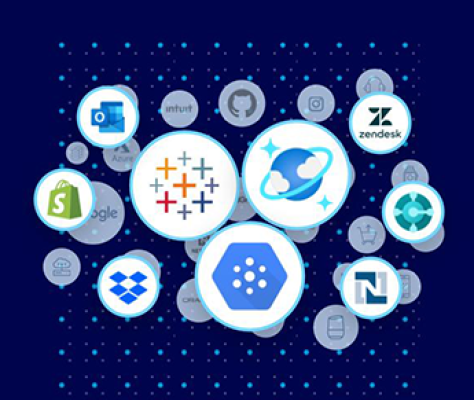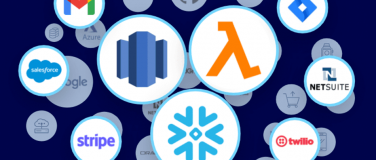We are excited to announce a new version of our Anypoint Connector for NetSuite (v11). This is a substantial upgrade compared to v10, and customers migrating from v10 to v11 will need to make changes to their Mule application to successfully upgrade to v11.
We recognize and appreciate the effort our customers invest any time they need to upgrade to a backwards incompatible version of any given connector, and we do our best to minimize such changes as far as possible. These benefits broadly come in the shape of an enhanced development experience, improved performance, or a combination of both.
The Anypoint Connector for NetSuite (v11) is a perfect example of that. This version is a result of several months of product development effort, and delivers an easier and improved development experience, along with significant performance enhancements. This blog will summarize the benefits you can expect once you upgrade to v11.
#1 Making triggers more intuitive for developers to use
When using the v10 version of the connector, upon being invoked, triggers would return multiple objects. Consequently, developers had to handle separate scenarios for when a single object vs. multiple objects were returned by the trigger. This approach was error fraught and resulted in bugs in our users’ applications.
To alleviate this issue, we have simplified triggers in v11 to always return a single element at a time. This means that developers only need to write the necessary logic to process a single element at a time without having to iterate over the list; our platform will take care of iterating the list for you.
#2 Evolving interface from Java to XML-based
The NetSuite Connector v10 exposed Java objects, instead of the native XML request/responses exposed by the underlying NetSuite SOAP web service (defined in the WSDL definition). This often caused discrepancies between the two interfaces. It wasn’t easy for users to work across two disparate interfaces in the same connector, which increased the effort to implement the connector, and manage it on an ongoing basis.
The NetSuite Connector v11 will expose an XML-based interface, which is consistent with NetSuite’s SOAP web service. This means all requests/responses from the connector will be in XML, and straightforward to map to the underlying NetSuite web service (WSDL).
#3 Providing a clean separation between interfaces (SOAP vs. REST)
The NetSuite Connector v10 was designed originally to work with NetSuite’s SOAP interface, and we then expanded it to support NetSuite’s REST-based endpoints as well. However, the interfaces for both sets of endpoints diverged and — while we consciously tried to mask the differences from our users — it became untenable. As a result, we weren’t able to provide a consistent and cohesive experience across both sets of endpoints to our users.
With the Netsuite Connector v11, we have streamlined the architecture to only expose SOAP endpoints. We split the REST endpoints into a separate connector (NetSuite Restlet Connector). We expect that this separation will provide a better experience for our users.
#4 Enhancing performance
The core of the Netsuite Connector v10 was built in early 2018. Since then, Netsuite has evolved, and so has the connector. This meant that some initial architectural choices that we made initially needed to also evolve. For example, the memory footprint of v10 expanded as we added new capabilities over the years. We also received feedback from our users that working with the connector at design time was challenging as it was slow or unresponsive at times.
The Netsuite Connector v11 addresses the above challenges. The connector has a drastically smaller footprint and is easy to work with at design time. We have also addressed an issue with the Auth token provider in v10 consuming excessive amounts of heap space. Besides that, we have also enhanced the metadata resolution provided by the connector, which will greatly improve performance for our users.
Ready to upgrade to the latest version of the NetSuite Connector? Start taking advantage of the latest updates in the new Anypoint Connector for NetSuite by visiting Anypoint Exchange.









